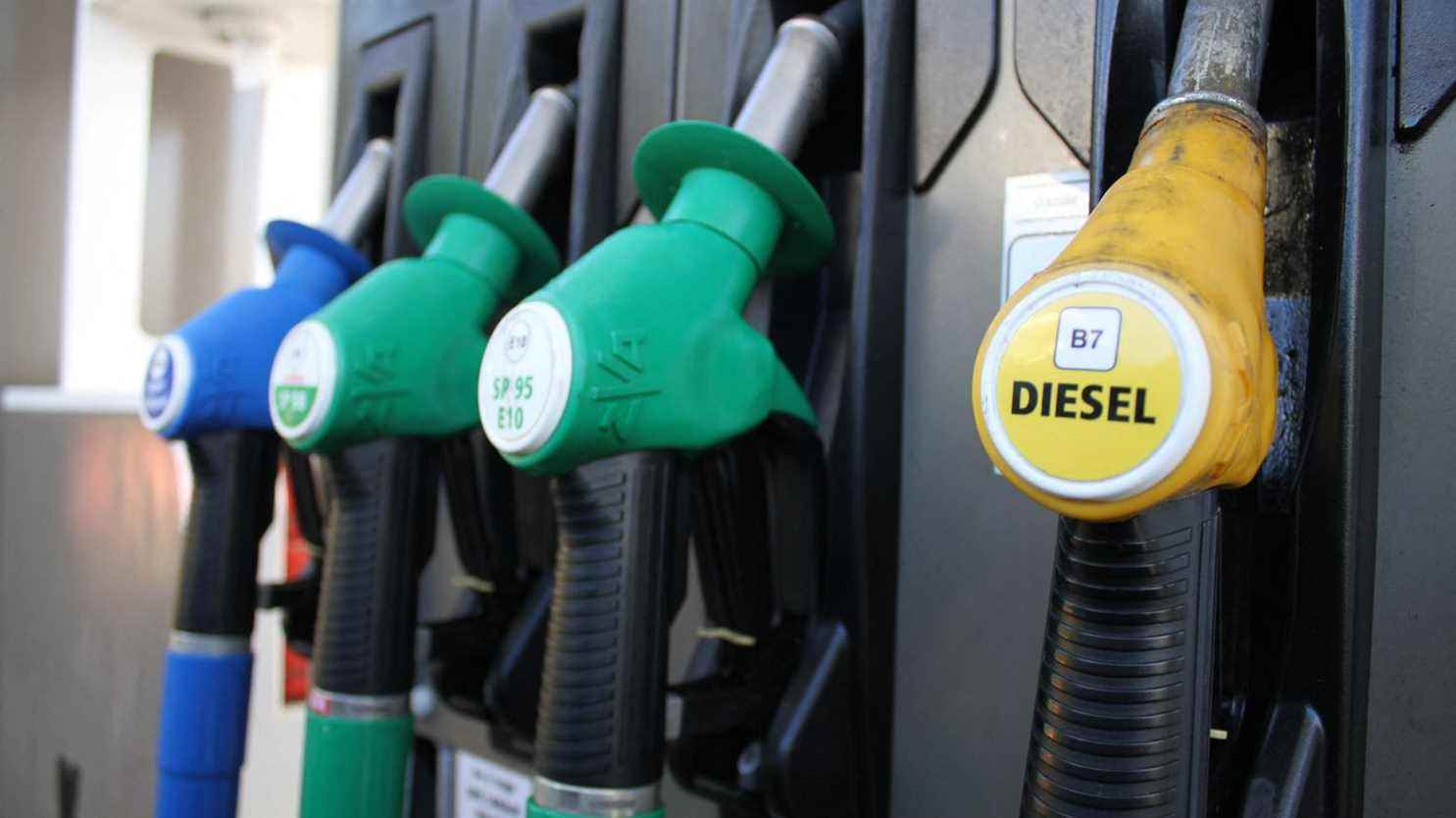The rise in the price of a liter of fuel, which exceeds two euros almost everywhere in France, weighs heavily on the budget of the French. But not everyone is affected in the same way, depending on whether they live in a metropolis, a suburban area or a rural area.
To measure these differences between territories, franceinfo calculated the average cost of fuel for one month of commuting for working people between the ages of 15 and 64 who use a motorized vehicle (see methodology). The data was then aggregated by intermunicipality, because some municipalities did not have enough assets to be able to display a relevant figure.
>> Rise in fuel prices: how much is the bill for home-to-work journeys for French people? The answer in this article
In this search engine, you can therefore consult the data for your municipality: average monthly budget spent on fuel to go to work, increase over one year, deviation from the national average.
Methodology
This work is based on the database of mobility flows of “home-work trips” for the year 2018, published by INSEE. This database, compiled from the results of the population census, provides the list of the municipalities of residence and work of the entire active population aged 15 and over and having a job, as well as the mode of transport used for commuting.
From this base, we have isolated working people aged 15 to 64 exercising a full-time activity, residing in metropolitan France and who use a motorized vehicle with two or four wheels to travel between their home and their place of work. . We then traced the road routes from municipality to municipality using the online tools of the OpenStreetMap collaborative mapping project. In total, nearly one million routes have been calculated and reported in kilometer distances. We ruled out very long distance journeys (more than 100 kilometres).
For cross-border workers, only journeys to Germany, Belgium, Luxembourg, Switzerland and Monaco could be calculated. INSEE does not provide the list of work municipalities in Spain or Italy for workers residing in France. These are therefore not included in our calculations.
We then established the average consumption of cars by municipality. For this, we relied on data from the Ministry of Energy Transition, in particular the annual traffic report which gives the average consumption of the different types of vehicles per kilometre. We then weighted these figures according to the composition of the car fleet by municipality, that is to say the share of petrol, diesel or electric vehicles. We can therefore establish how much a car or motorcycle consumes on average unleaded or diesel fuel per kilometer per municipality.
Prices at the pump were calculated using daily readings published in the form of a database by the Ministry of the Economy. This database is made up of feedback from service stations, which are required to communicate their prices when they sell more than 500 m³ of fuel per year. Outlying prices were discarded and values were smoothed over seven days to smooth out daily variations. Motorway stations have been removed. For each year, only the stations having published updates each month were retained.
In accordance with a recent INSEE study on the territorial disparity in fuel prices, we have also grouped service stations according to their degree of rurality. Prices are generally lower in urban areas than in rural areas. Depending on the population density of the intercommunity in which they are located, each service station has therefore been classified as “dense” or “sparse” territory. Then an average daily price was calculated for each of these two density categories at the departmental level, so as to apply the prices of stations located in urban areas for people who live in a rural area and who go to work in an urban area. .
The calculation of one month’s fuel expenditure was finally established by counting 22 days worked per employee, at the rate of one home-to-work round trip per day and per employee.
